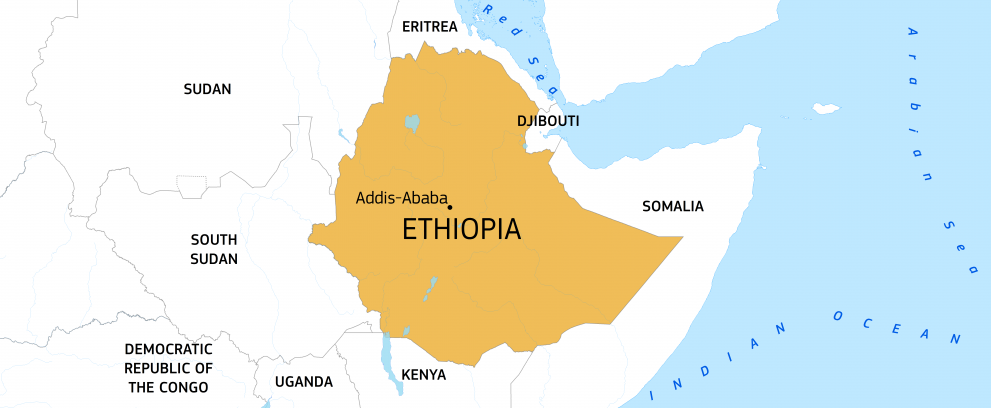Introduction
Ethiopia is facing constant overlapping crises – conflicts, natural hazards, and outbreaks of epidemics.
The 2-year conflict in northern Ethiopia, which ended in November 2022, saw hundreds of thousands reportedly killed and millions displaced. Further conflicts are now affecting other regions in Ethiopia.
Extreme weather patterns are becoming the norm. After the worst drought in the region in 40 years, a new episode is pushing people further to the brink. This comes after unprecedented floods in late 2023 caused devastation across several regions.
What are the needs?
The overlapping shocks are eroding people’s ability to cope and increasing their hardships.
The conflict in northern Ethiopia has led to massive and acute humanitarian needs in Afar, Amhara, and Tigray, which are still only partially addressed. Vital infrastructure, such as health facilities, water installations, and schools have been destroyed.
Ongoing armed conflicts, i.e. in Amhara and Oromia, continue to threaten the lives of many, driving humanitarian and protection needs. Climate shocks, further fuelled by El Niño climate patterns, are leading to soaring food and nutritional insecurity and loss of income opportunities. These multiple crises are also causing multiple and prolonged displacement across the country.

Ethiopia also hosts over 950,000 refugees, mainly from South Sudan, Somalia, Eritrea, and Sudan. They rely almost entirely on humanitarian aid to meet their basic needs.
Outbreaks of epidemics remain a major public health threat. The cholera outbreak that started in August 2022 remains a concern, together with malaria and measles.

How are we helping?
In early 2024, the EU has made an initial humanitarian aid allocation of €38 million for Ethiopia, to provide life-saving assistance to vulnerable populations.
The EU helps vulnerable people in Ethiopia by contributing to:
- rapid, multi-sectoral life-saving humanitarian interventions for conflict-affected and vulnerable people affected by natural shocks, including drought, floods, outbreaks of epidemics and,
- emergency assistance to displaced people (internally displaced people and refugees).
Through its humanitarian actions, the EU is supporting the provision of (i) protection, (ii) food aid, (iii) access to clean water and hygiene, (iv) shelter, (v) basic essential items, (vi) nutritional assistance, (vii) health care, (viii) disease prevention and access to primary health care, and (IX) education and protection for children caught up in humanitarian crises.
Part of the EU’s funding also goes to supporting the coordination of the humanitarian response in Ethiopia.
The EU’s regional funding for disaster preparedness will also contribute to improving communities’ resilience to recurrent shocks and early action in the face of multi-hazard crises.
In April 2024, the EU also allocated €2.6 million to support the refugees and asylum seekers arriving in Ethiopia from Sudan. This budget will support emergency life-saving multi-sectoral response focusing, in particular, on health, WASH, shelter, food security, nutrition, and protection (including child protection).

Last updated: 18/04/2024
Facts & figures
Over 950,000 refugees, mostly from South Sudan, Somalia, Eritrea, and Sudan (UNHCR)
3.5 million internally displaced (IOM)
Over 15 million estimated to be acutely food insecure (OCHA)
20 million people in need of humanitarian assistance (Global Humanitarian Overview, 2024)
EU humanitarian funding:
€40.6 million in 2024

